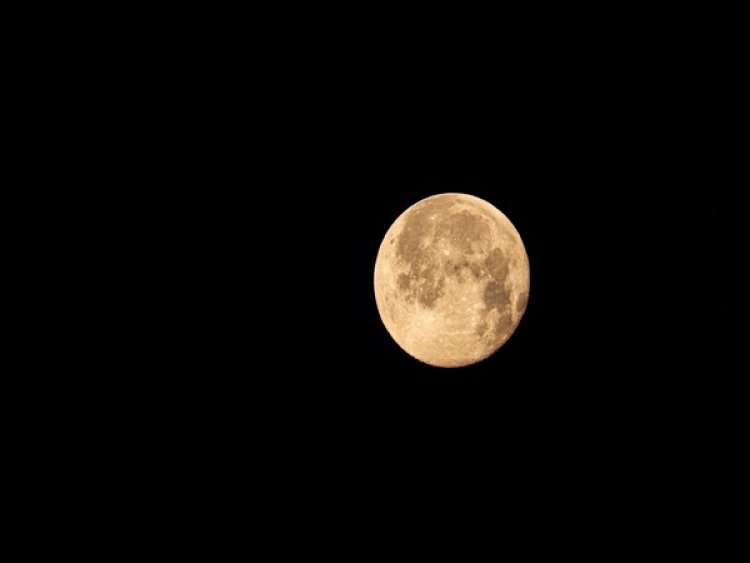New research indicates that Moon might have less water than previously thought

Texas, US: A team led by Dr Raluca Rufu of the Southwest Research Institute recently calculated that the majority of the Moon's permanently shadowed regions (PSRs) are at most 3.4 billion years old and can contain relatively fresh deposits of water ice. Water resources are thought to be critical for long-term exploration of the Moon and beyond, but these data show that existing estimates for cold-trapped ice are too high.
The current tilt of the Moon’s spin axis combined with its orbital inclination — the angle to Earth’s orbital plane — and the Sun’s low angle creates permanent shadows at its poles. PSRs are some of the coldest spots in the solar system, allowing them to trap volatile chemicals, including water ice, that would immediately transform directly from a solid to a gas in the harsh, airless sunshine that falls in most other places on the Moon.
“We think the Earth-Moon system formed following a giant impact between early Earth and another protoplanet,” said Rufu, a Sagan Fellow who is the second author of a Science Advances paper. “The Moon formed from the impact-generated debris disk, migrating away from Earth over time. Around 4.1 billion years ago the Moon experienced a major spin axis reorientation when its tilt reached high angles before it damped down to the configuration we see today. As the axial tilt decreased, PSRs appeared at the poles and grew over time.”
The team used AstroGeo22, a new Earth-Moon evolution simulation tool, to calculate the Moon’s axial tilt over time. Together with surface height measurements from the Lunar Orbital Altimeter Laser data (LOLA), the team estimated the evolution of the shadowed areas over time.
“The time evolution of the Moon-Earth distance remained an unsolved problem for half a century,” Rufu said. “However, these new geological proxies for the history of the Earth-Moon system allow us to calculate the Moon’s axial tilt and the extent of PSRs over time.”
In 2009, NASA crashed the two-ton Atlas Centaur rocket body, part of the Lunar Crater Observation and Sensing Satellite (LCROSS), near the south pole of the Moon. It struck the floor of Cabeus crater, creating a plume of debris examined for the presence of water and other chemicals in the lunar regolith. A shepherding satellite travelling four minutes behind the Centaur and several Earth-orbiting satellites, including the Hubble Space Telescope, monitored the impact.
“Our work suggests that Cabeus crater became a PSR less than a billion years ago. The various volatiles detected in the plume created by LCROSS indicate that ice-trapping continued into relatively recent times,” said Norbert Schörghofer, the lead author of this paper from the Planetary Science Institute. “Impacts and outgassing are potential sources of water but peaked early in lunar history, when the present-day PSRs did not yet exist. The age of PSRs largely determines the amount of water ice that could be trapped in the lunar polar regions. Information about the abundance of water ice in PSRs is particularly important in planning for upcoming crewed and uncrewed missions to the Moon searching for water.”
This key resource can be used to create air and rocket fuel and sustain human habitation. NASA and other entities plan to send rovers and humans to characterize the water ice within PSRs.















































